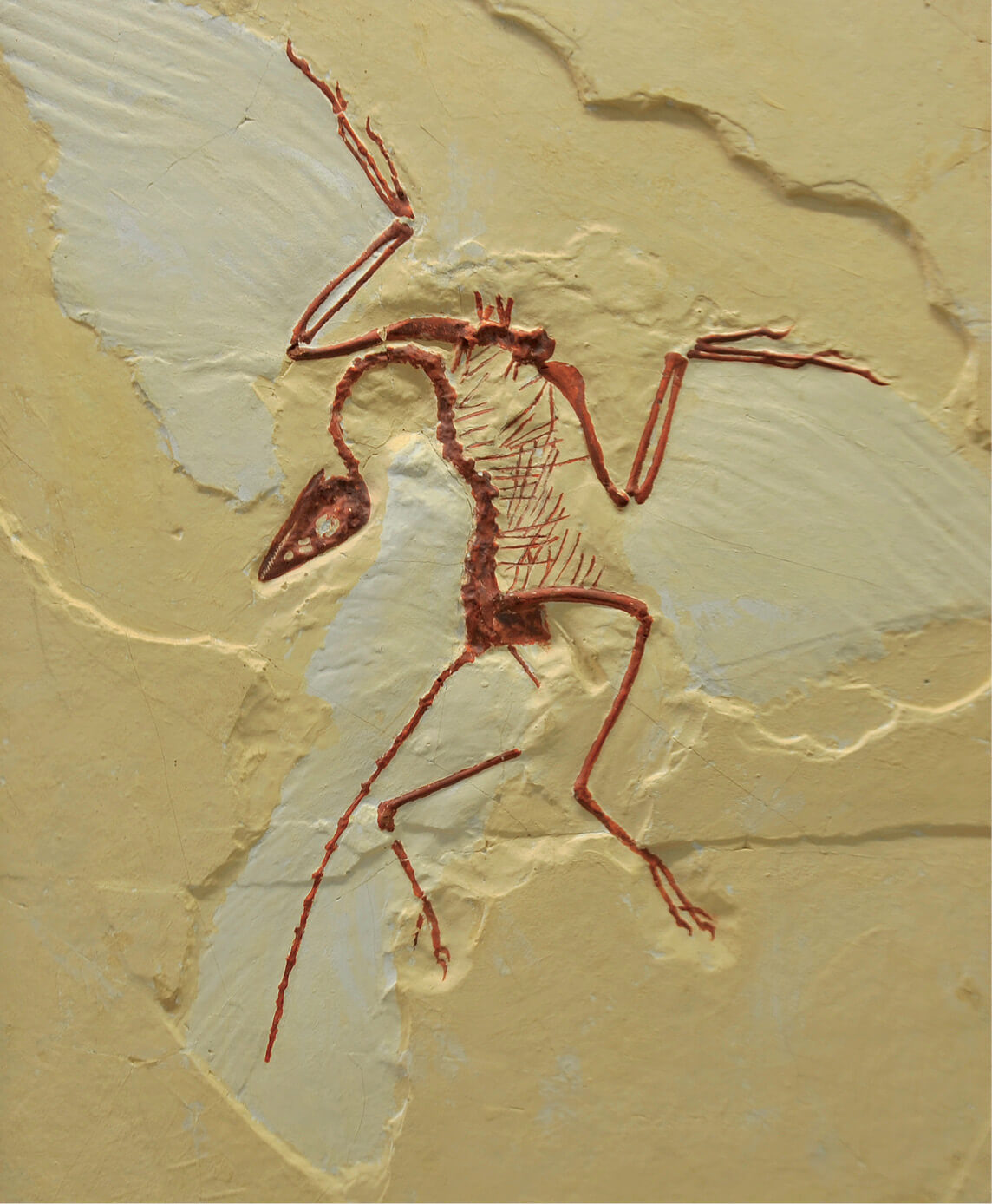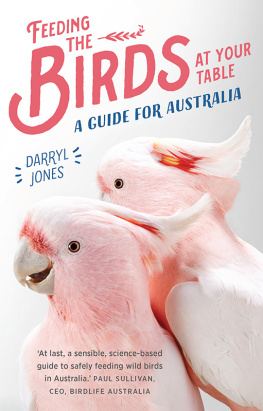I love to be outdoors with birds and other wildlife every day. GARY GEDDES
While Im not an ornithologist (a scientist who studies birds), in my profession as a biologist and conservationist I sometimes work on projects that involve birds. Ive come to appreciate them for their variety, their beautiful plumage and their fascinating behaviors. Most of all, I marvel at their ability to fly. People like me, who love wild birds, value them because they exist, like us, as part of nature. This is called intrinsic value . Wild birds also have value because they provide ecosystem services , which means they support and improve natural ecosystems and human lives. But many wild bird species are in trouble and heading for extinction . So take a birds-eye view and learn why wild birds are important, why many are in trouble and what you can do to help. Maybe, if youre lucky, youll also learn how to fly.

A gentoo penguin enjoys a walk on a beach in the Falkland Islands. FIELDWORK/SHUTTERSTOCK.COM
1
Amazing Avians
EVERYWHERE YOU LOOK
W ild birds live in every ecosystem in the world, even in the middle of the ocean, at the frigid poles and in the driest of deserts. They come in all shapes and sizes, from the flightless ostrich of Africa to the tiny bee hummingbird of Cuba. Birds are among the most observable of our wild neighbors. We see them soaring overhead, paddling across water, flitting through trees, pecking at the ground or our backyard bird feeders, singing from fence posts. Sometimes we hear only their rustles, tweets, chirps and songs the birds themselves are hidden nearby.
Birds are a lot like humans. They communicate with their world using the same senses that we use: sight, hearing, smell, taste and touch. Most are diurnal like us, which means they are mostly awake during the day and asleep at night (well, maybe not like human teenagers and other night owls!). Birds live everywhere that people live and are commonly seen. They are often colorful and fun to watch. They are not a threat to us. For these reasons, its easy to like them.

Bar-headed geese can fly over Mount Everest, the highest mountain in the world. LENSALOT/GETTY IMAGES
There are a lot of birds to like. So far scientists have identified over 10,000 species of birds in the world. The variety of life in all its forms is called biodiversity . Bird biodiversity contributes to the health and resilience of the worlds ecosystems.

The flightless kiwi is endemic to New Zealand, which means it lives nowhere else on earth. JIRI PROCHAZKA/
SHUTTERSTOCK.COM
WHAT MAKES A BIRD A BIRD?
An animal is sitting on a branch in a tree near your home. How do you know its a bird? It has wings and can fly, you say. Most birds can fly, but some are flightless, like ostriches, penguins or the kiwis of New Zealand. Lots of other animals, such as insects and bats, fly too, so maybe the animal on the branch is a giant beetle, not a bird. If you told me you know its a bird because it laid an egg, I might answer, Possibly, but snakes and turtles and many invertebrates lay eggs too. Birds are warm-blooded and have two legs, characteristics shared with humans. But humans dont lay eggs and differ from birds in so many other ways.

Ostriches, which are native to Africa, are the worlds largest living birds. MANTAPHOTO/GETTY IMAGES

Some fossils of Archaeopteryx lithographica are particularly well preserved. The word Archaeopteryx means old wing. GRAUY/GETTY IMAGES

Feathers are made of keratin, the same protein thats in your hair and fingernails. Birds use feathers in 23 ways. How many can you list? MASHABUBA/GETTY IMAGES
What about feathers? you ask. Thumbs up! Birds are the only living animals with feathers. Feathers keep birds comfortable and dry and come in many colors and patterns to attract mates or protect against predators. If youve ever held a feather in your hand, you know what the term light as a feather means. Along with hollow bones that are fused to create an extra-strong but light skeleton, feathers are an adaptation that gives most birds the ability to fly.
Tweets from the Flyway
Some species of birds are resident birds, which means they can find the food they need and keep their bodies at the right temperature in one location all year. But more than half of the bird species in the world need to migrate, which means they must spend their time in two different places to find what they need. Sometimes those places are close together, and sometimes they are far apart. To get to those faraway places, migratory birds often follow routes that are used by so many birds that theyve come to be known as flyways. There are three main flyways: AfricanEurasian, East AsianAustralasian and the Americas.
ANCIENT ORIGINS
Feathers are also a clue to the earliest beginnings of birds. Feathers were around long before birds and bird flight. Fossils of Archaeopteryx lithographica tell us that this feathered dinosaur the size of a crow lived 150 million years ago. With no strong sternum (breastbone) to support flight muscles, it likely was a glider rather than a flier. The discovery of Archaeopteryx fossils in Germany in 1861 provided the first evidence to suggest that dinosaurs might be the ancestors of birds. Since then bird-like fossils even older than Archaeopteryx have been discovered.




















